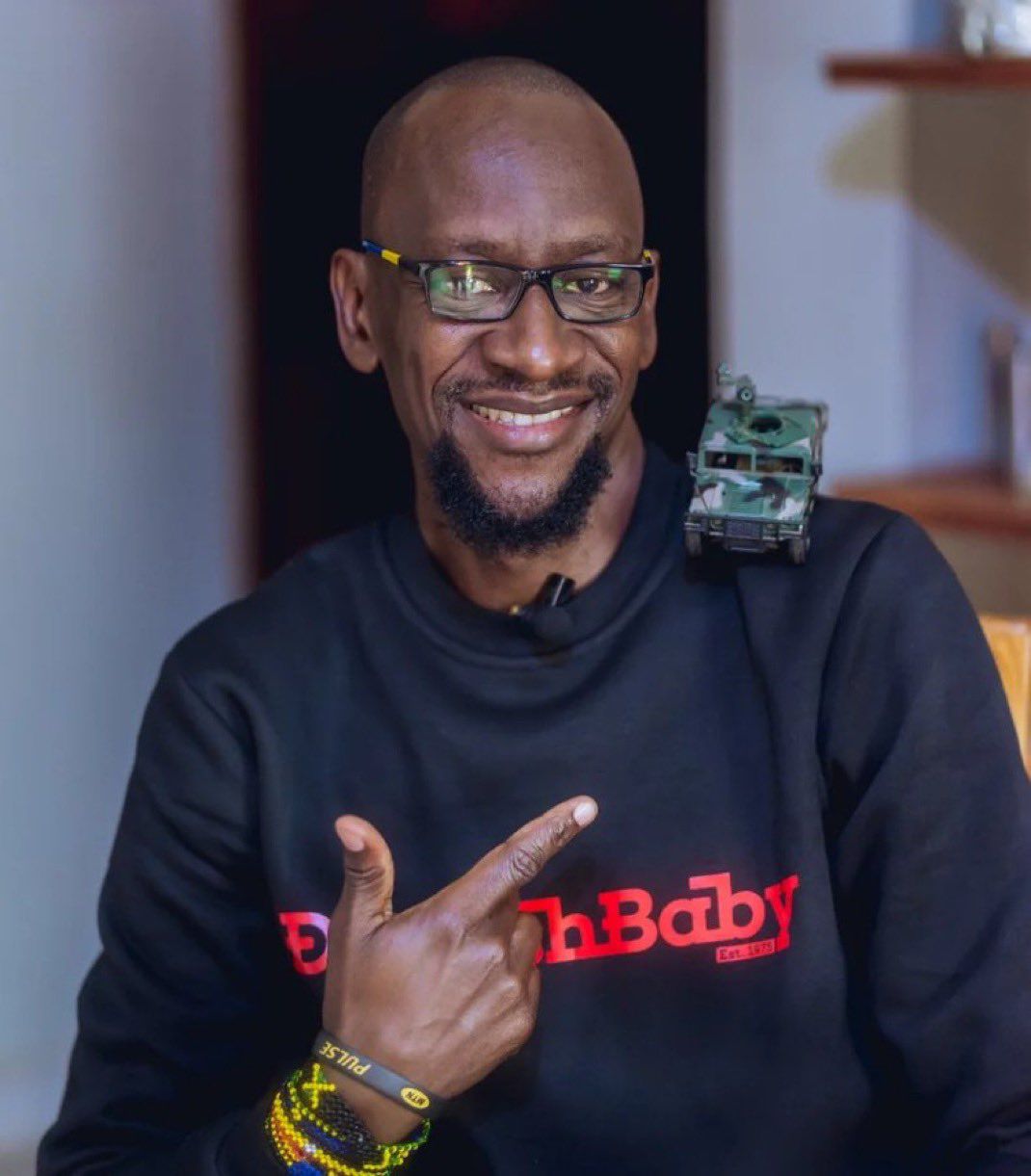Western Cape gangs recruit 12-year-olds, fuelling rise in child murders
Western Cape gangs are recruiting children as young as 12 to conceal dangerous weapons and as “spotters” to watch out for the police.
This phenomenon is driving up the rate of child murders in the province, according to a Western Cape Gang Monitor report released by the Global Initiative Against Transnational Organised Crime (GI-TOC). Citing police data, it revealed “more than one child was murdered every day in the Western Cape over a three-month period in 2024”.
“Police attributed the spike to gang-related violence, and in the months since the report, children have continued to be caught up in the conflict, either as victims of crossfire between rival gangs or as young recruits on the front lines,” the report reads.
“This sobering statistic is indicative of a wider trend: more children than ever before are being recruited into gangs in the Western Cape.
“Gangs have been targeting young, vulnerable children for many years, as many community organisations and the GI-TOC’s own research have documented. But the rate of child recruitment appears to be accelerating, posing a huge challenge to affected families and communities, as well as to the criminal justice and juvenile detention systems, which are seeing an influx of children accused of gang-related offences.”
According to the report, an increase in child recruitment was observed during the Covid-19 lockdown in 2020. School closures and “economic uncertainty left many children with a surplus of free time and the need to earn an income, even if by criminal means”.
“However, many NGOs and community organisations working with vulnerable young people suggest that more children are being recruited today than ever before. Several sources claim that gangs are increasingly targeting children, some as young as eight,” the report reads.
“Others argue that gangs are targeting the same age group they have always drawn from, typically 12-year-olds and early teenagers, but that they are bringing in larger numbers of young recruits.
“Many community organisations identified generational trauma, caused by decades of intense gang violence, as a key reason children are at risk of gang recruitment. Many children have lost family members, parents and guardians to violence and drug addiction, leaving them without protection or support and making them more susceptible to gang influence. Experiencing conflict daily can also have a profound psychological impact.”
Another reason children are being recruited into gangs is the growing number of gang breakaways. In recent years, more splinter groups have formed in the province. These smaller gangs often try to grow quickly by recruiting young people to serve as foot soldiers, according to the report.
“These splinter groups are often so-called ‘junior’ gangs formed when young members break away from the older leadership. For instance, the newly formed Gotsavalias, who have been linked to a spate of shootings in Ottery in April and early May, have emerged from the older No Fears gang,” the report reads.
“The group is made up exclusively of juvenile members, none of whom is older than 18, and has been involved in drug dealing in the Ottery area, robberies, attempted murder and murder — in the case of a member of the JFKs, who was stabbed to death in November 2024 by the Gotsavalias group. Several of their members were arrested on suspicion of murder and other offences [and held in juvenile facilities], yet all have reportedly been released back into the community. Several cases against their members, including a robbery charge, have since been dropped.”
Young recruits are useful to gangs because they attract less attention than adults acting as lookouts for police or hiding weapons.
“They may also act as decoys during attacks on rival gangs or be tasked with moving contraband such as drugs. Court officials have reported that cases involving minors in possession of large quantities of drugs are becoming increasingly common, as, according to one prosecutor, the police ‘do not look to children first when conducting a search’,” the report reads.
Children are also used as shooters, as impressionable youngsters keen to prove themselves are often more easily influenced to carry out acts of violence.
“Craven Engel, a pastor who runs Ceasefire, a gang violence prevention organisation, described a 12-year-old boy he had assisted, who had been recruited as a gunman for the Only the Family gang, as ‘brainwashed to kill people’,” the report reads.
“Many sources report that these younger gangs are in fact more reckless and aggressive than previous generations, as they are less familiar with the codes of conduct that — at times — regulate and control violence. This, in turn, has contributed to the higher rates of child murder, with children increasingly becoming both perpetrators and victims.”
The report said another sign of rising child recruitment into gangs is the growing number of children getting into trouble with the law. Magistrates and court officials have noticed more children being charged with gang-related crimes, such as drug possession, murder, attempted murder, robbery, sexual offences, and assault.
The GI-TOC also reported that feared alleged 28s street gang boss Ralph Stanfield had been inducted into the prison gang. According to the report, Stanfield, arrested in 2023 on multiple charges, used his reputation to quickly enter the 28s prison gang — a rare achievement in South African prisons. Charges against Stanfield and his wife, Nicole, in a R1bn Cape Town housing corruption case were recently provisionally withdrawn.
“During his incarceration, he has managed to bypass the customary years-long progression through the hierarchical structure of the Numbers, one of the world’s oldest prison gang cultures, to become an ndota [member of a prison gang],” the report reads.
“According to sources within these gangs, Stanfield’s street credentials earned him this unprecedented position — a development that breaks with the deeply ritualised traditions of prison gang culture.”












